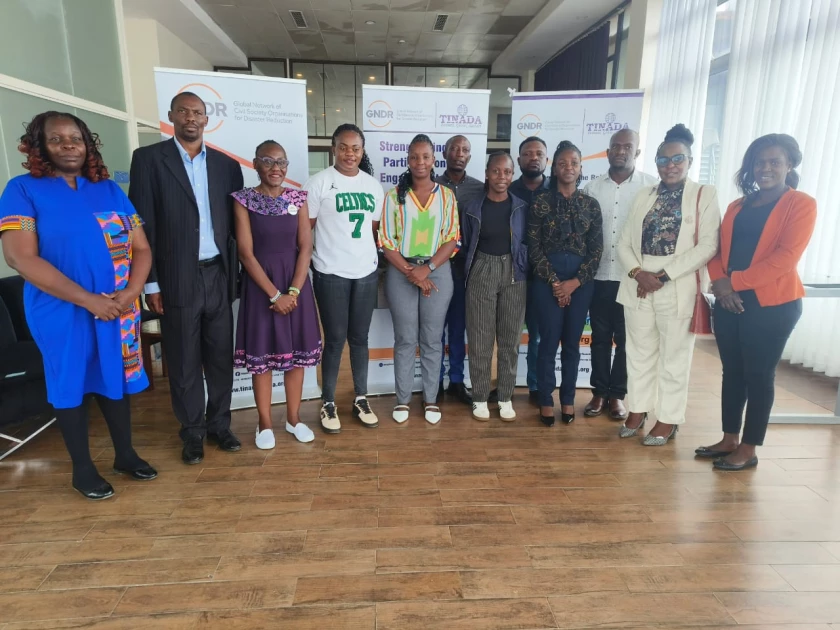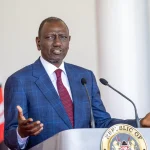Civil society organizations under the Global Network of Civil Society Organisations for Disaster Reduction (GNDR) have urged the Kenya Meteorological Department (KMD) to enhance the effectiveness of its Early Warning Systems (EWS), citing a gap between weather alerts and public preparedness.
Speaking during a national stakeholders’ workshop on localizing EWS and anticipatory action held in Nairobi, participants emphasized the need for more inclusive, timely, and accessible weather information to avert disasters such as droughts and floods.
Douglas Roy Onyango Otieno, GNDR’s national focal point in Kenya, stressed that disaster mitigation efforts are often hindered by poor communication.
“Most disasters occur without the public receiving clear information from government agencies. We must ensure that early warning messages are not only issued but also acted upon, to enable proactive resource allocation for disaster prevention rather than costly emergency responses,” he said.
According to GNDR’s recent research, a significant portion of the Kenyan population, especially in grassroots communities, does not receive or understand early warning information due to challenges related to language, dissemination channels, and a lack of supporting infrastructure.
“The infrastructure to facilitate seamless flow of information to the community level is inadequate,” Otieno noted. “The national government should work closely with county administrations to deploy more weather personnel at local levels—locations, divisions, and counties—so that early warnings are timely and actionable.”
Samba Dixon Otieno, Chair of the GNDR Resource Mobilization Technical Working Group, emphasized the importance of localizing weather communication.
“Delivering weather alerts in languages people understand helps mobilize urban and rural communities alike, equipping them to respond swiftly and effectively to looming threats,” he said.
GNDR East Africa board member, Grace Ananda, highlighted the urgent need for climate information to penetrate the grassroots, where communities are often the most vulnerable and in need of resilience-building tools.
The workshop called for greater inclusion of marginalized populations, including women, persons with disabilities (PWDs), and indigenous communities, in the design and dissemination of early warning messages.
Participants stressed that weather communication must be clear, culturally sensitive, and made available in local languages to ensure widespread comprehension and response.
The stakeholders also recommended that the KMD strengthen its technological capacity by investing in real-time data collection, satellite monitoring, and artificial intelligence-driven forecasting tools to enhance prediction accuracy.
Responding to the concerns, Caroline Amukono, a meteorologist with the Kenya Meteorological Department, acknowledged the existing challenges but affirmed the department’s commitment to continuous improvement.
She also cautioned the public against disregarding weather advisories, noting that timely action could save lives and property.
The workshop was hosted by Tinada Youth Action Africa in partnership with GNDR and brought together various stakeholders from government and civil society to chart a collaborative path toward more effective disaster risk reduction through anticipatory action.
Kenya currently relies on systems such as the National Drought Management Authority’s Drought Early Warning System (DEWS) to forecast and mitigate risks.
However, stakeholders argue that without deliberate efforts to enhance community access, such systems fall short in preventing avoidable losses.



